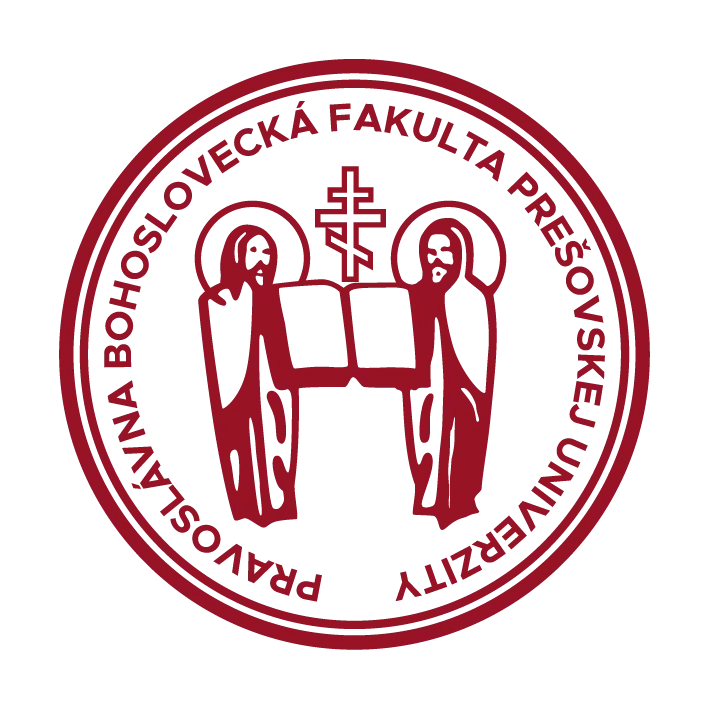HUSAR Jan - Acta Patristica, volume 7, issue 15/2016
CHRISTS TRANSFIGURATION AND ITS ICONOGRAPHY
/CHRISTOVE PREMENENIE A JEHO IKONOGRAFIA/
Jan HUSAR
lecturer, Faculty of Orthodox Theology, University of Prešov, Masarykova 15, 08001 Prešov, Slovakia, jan.husar@unipo.sk, 00421517724729
Abstract
Feast of Transfiguration of Jesus Christ on Mount Tabor belongs to the cycle of twelve great feasts in Church yearly calendar. Events connected to transfi-guration are captured in gospels. The very transfiguration has an symbolic character and it is a confirmation of prophetic words of Christ about last events of this era. Iconography approach us these symbols through the colours and composition of persons which are present on icon of the feast.
Keywords
Jesus Christ, Transfiguration, Iconography, symbolism
SUMMARY
The Transfiguration is one of the Twelve Great Feasts of the Orthodox Church, celebrated on the 6th of August. Being one of the Great Feasts, there is also a rich heritage of iconography surrounding the Transfiguration of Our Lord. the Transfiguration comes just six days after Christ's long discourse on the End of the World, the Last Judgment and the Second Coming of Christ. Two prophets Moses and Elijah representative of the deceased and the living. The apostles got another lesson – for God there are not dead, for Him everyone (living or deceased) is alive. The earliest surviving image of the Transfiguration is from St Catherine’s monastery in Sinai. Iconography of this feast at the beginning has symbolic character. Later, Christian symbolism was over time erased from iconography. All symbols on the icon were replaced by person of Jesus Christ as the central figure. The first time in history in Theophanes the Greek’s icon Christos with the disciples walking on the mountain and then coming down.
(Language: english)
